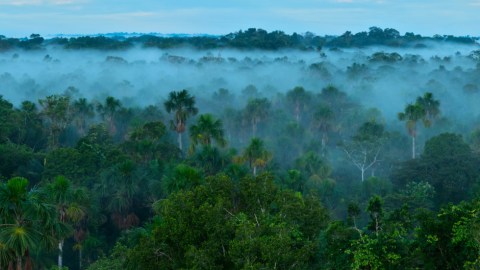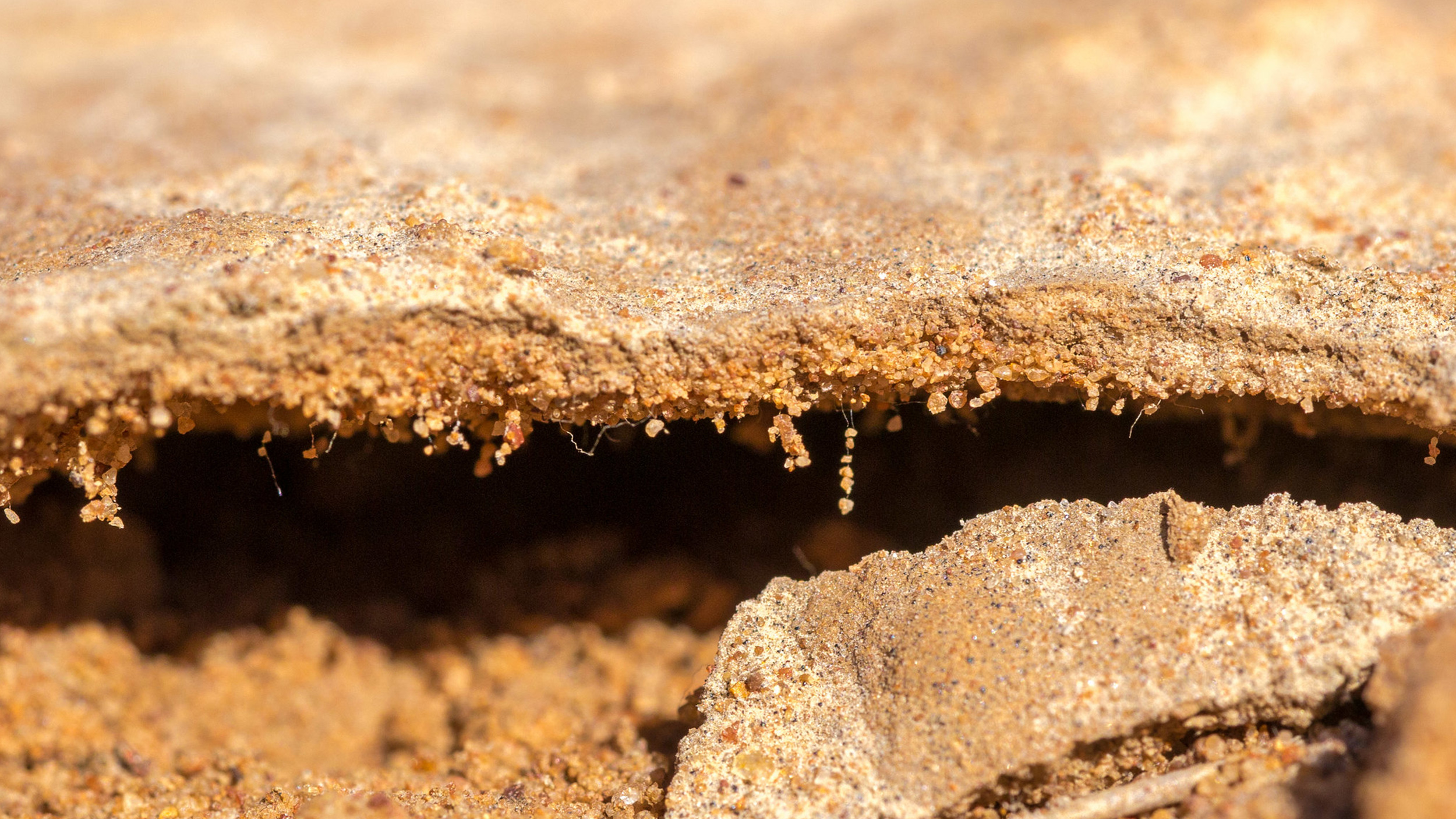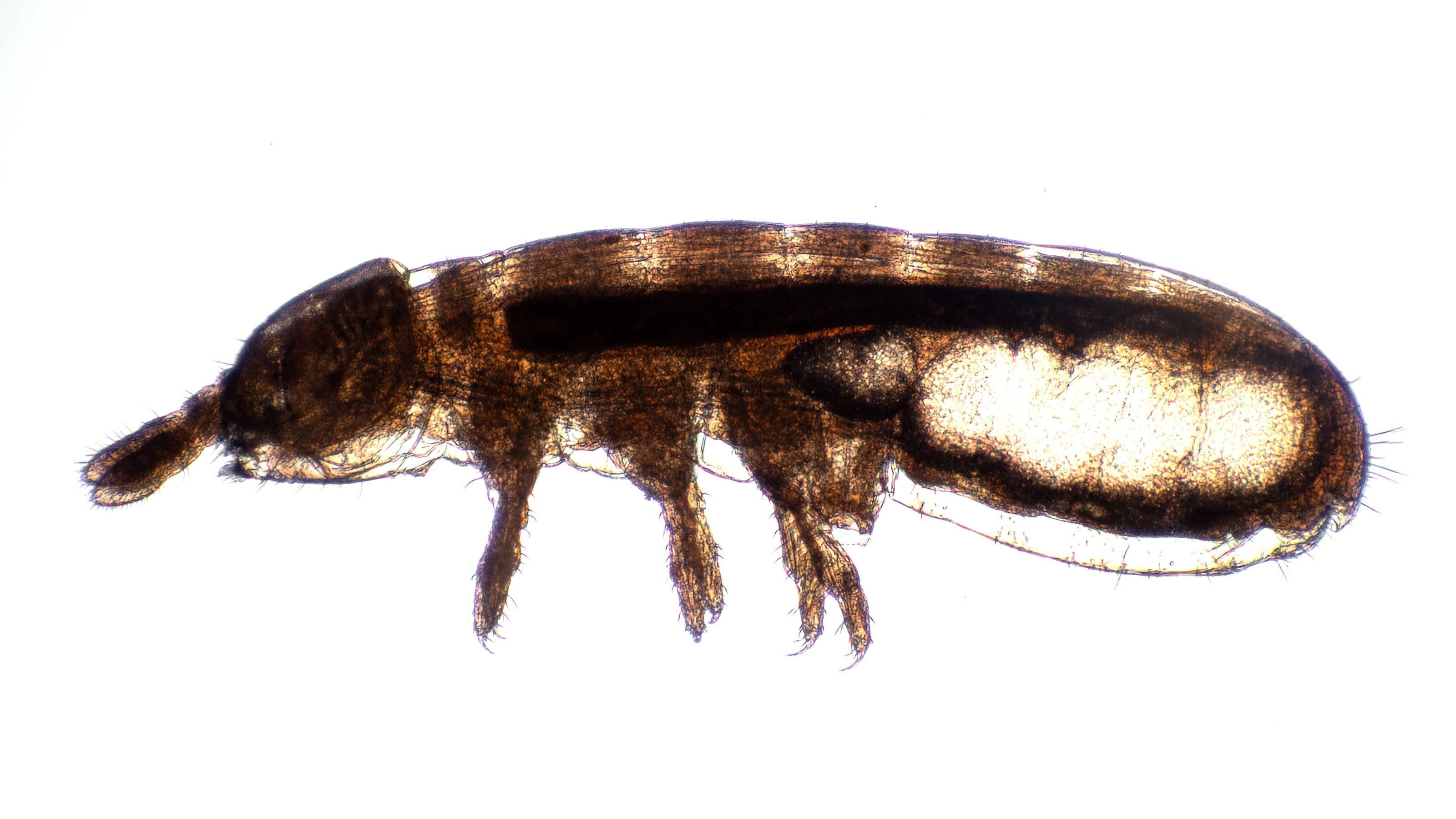- A new study shows that an increase in temperature can increase the amount of carbon released by the soil.
- This is in line with previous studies, though this one demonstrates a larger increase than the older experiments.
- The risk is that increasing temperatures cause a positive feedback loop.
Evidence of how bad climate change is becoming is all around us. Siberia had a stunning heatwave this summer, hotter, drier weather is making wildfires worse, and Greenland has seen so much glacier melt that it may be impossible to save them under any circumstances. We have arrived at the point of disaster so long warned about.
Most people are well aware of the cause of climate change: increased levels of carbon dioxide and other gasses in the atmosphere producing a greenhouse effect that raises the global average temperature. Likewise, most people know that the carbon involved is linked to emissions from fossil fuels.
However, there are other sources of greenhouse gasses that contribute to climate change that are part of the carbon cycle. While these emissions are typically balanced by carbon absorption under normal circumstances, human activity can disrupt this balance. As our impact on the planet and its cycles intensifies, more attention is being given to what changes to these cycles means.
One recent experiment investigating this provides a frightening warning of what could happen if we don’t manage to get climate change under control soon.
Climate change: We need bipartisan action before it’s too late | Daniel …
There is a lot of carbon in the dirt. The world’s soil contains more carbon than the atmosphere, all the plants, or all the animals. A third of this trove of carbon resides in the soils of the tropics. Under normal circumstances, this works as a carbon sink, keeping carbon in storage and out of the atmosphere. Some of this carbon is used by bacteria in the soil to provide the building blocks of new microbes. They expel surplus carbon into the atmosphere in the form of carbon dioxide.
Many of these microbes are known to be more active when exposed to higher temperatures. To determine what this could mean for carbon emissions, a team from The University of Edenborough and the Smithsonian Tropical Research Institute turned up the heat in tropical soils.
The researchers went to an undisturbed plot of forest on Barro Colorado Panama, the home of the Smithsonian Tropical Research Institute. They placed heating rods just over a meter into the soil and turned up the heat, warming the earth by four degrees centigrade. They then measured the carbon emissions from the heated ground and another nearby patch left at ambient temperature. These measurements covered two years.
Their findings, published in Nature, show that the heated soil emitted 55 percent more carbon than the control plot.
Study lead author Andrew Nottingham commented on these findings to the AFP: “Carbon held in tropical soils is more sensitive to warming than previously recognized. Even a small increase in respiration from tropical forest soils could have a large effect on atmospheric CO2 concentrations, with consequences for global climate.”
You can probably also spot the potential feedback loop here: If the global temperature increases too much, more carbon will be released from tropical soils, which then increase the greenhouse effect, which causes global temperatures to rise.
‘A world with no ice’: Confronting the horrors of climate change | …
Previous studies on this topic point in the same direction. Those studies and the models they inspired suggested that increased temperatures could increase soil-based carbon emissions, but they all underestimated how much carbon would be involved.
A 2016 study focusing on temperate soils also concluded that increasing soil temperatures would increase their carbon emissions. They predicted that, if left unchecked, these emissions would equal the amount produced by a country similar to the United States over the next few decades. Another experiment in Colorado found similar results. Both of these studies found lower increases in carbon emissions by percentage than the study on Barro Colorado.
However, these studies did not take place in the tropics, and the differences in the soils between temperate and tropical zones could explain the differences between the studies. Moreover, the dirt on Barro Colorado Island differs from the dirt in the Amazon and may be more inclined to produce more emissions when the heat is turned up. The same can be said of tropical soils elsewhere.
Another experiment, very similar to the one in Panama, is currently underway in Puerto Rico. However, this experiment is taking the extra step of also heating the plants near the heated soil to see what the effect of warmer temperatures is on their ability to absorb carbon.
The current study also did not heat the soil beyond the one-meter mark and cannot provide us with predictions of what more comprehensive heating of the soil would do to emissions. It was also comparatively short, and the effect may be reduced in the long run as the nutrients in the soil are depleted by the increased activity of the microbes, which are using the carbon and other resources to reproduce.
The team behind the most recent study will continue their experiment to try and understand how tropical ecosystems respond to increased temperatures over more extended periods of time.
As we increase our understanding of the planet and its various environmental systems, the potential consequences of climate change become clearer and more horrifying. This new study supports previous findings that suggest disrupting soils can increase carbon emissions. While it may be too soon to tell if the significant increases found by this study are typical or an outlier, they do re-enforce the notion that a breakdown in the systems that keep the climate stable is possible if nothing changes.






